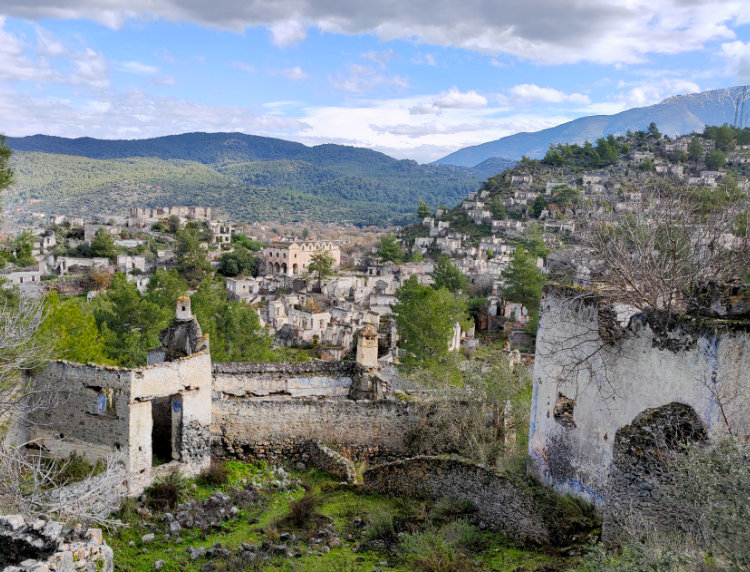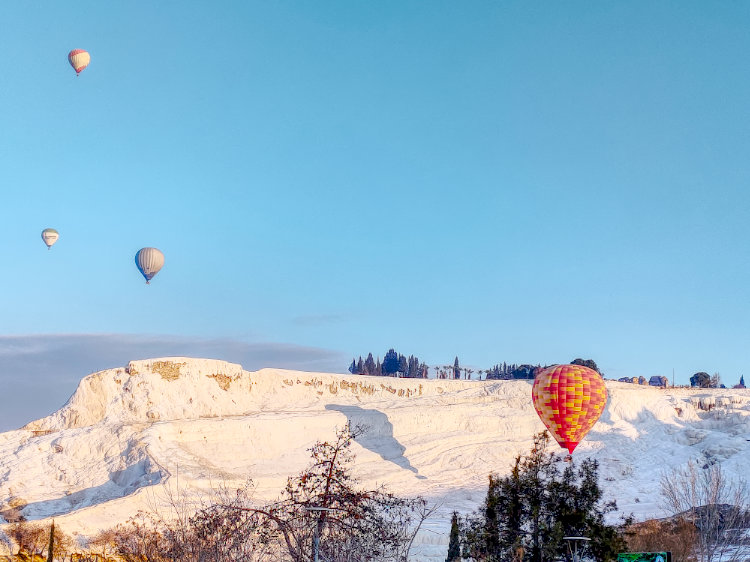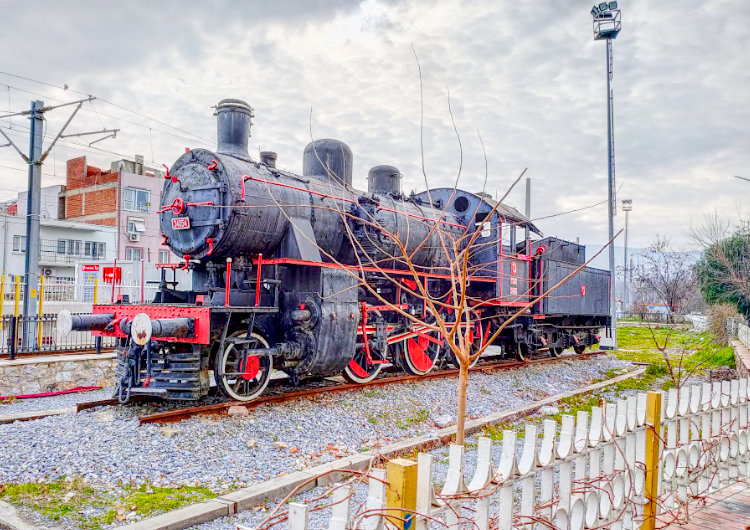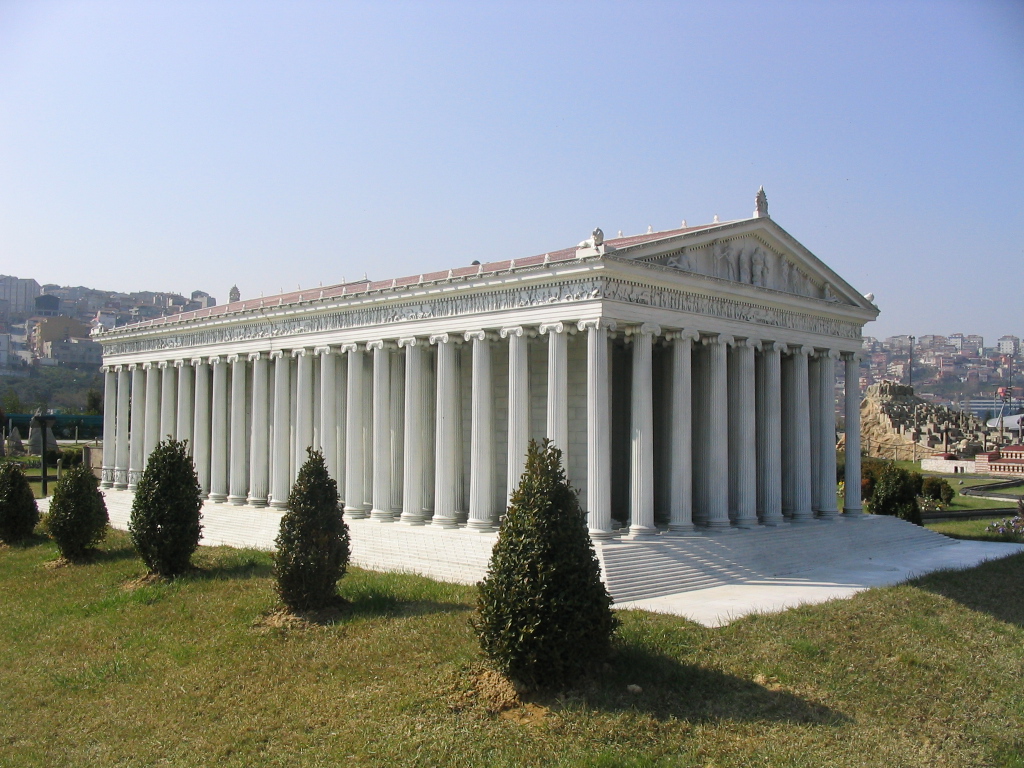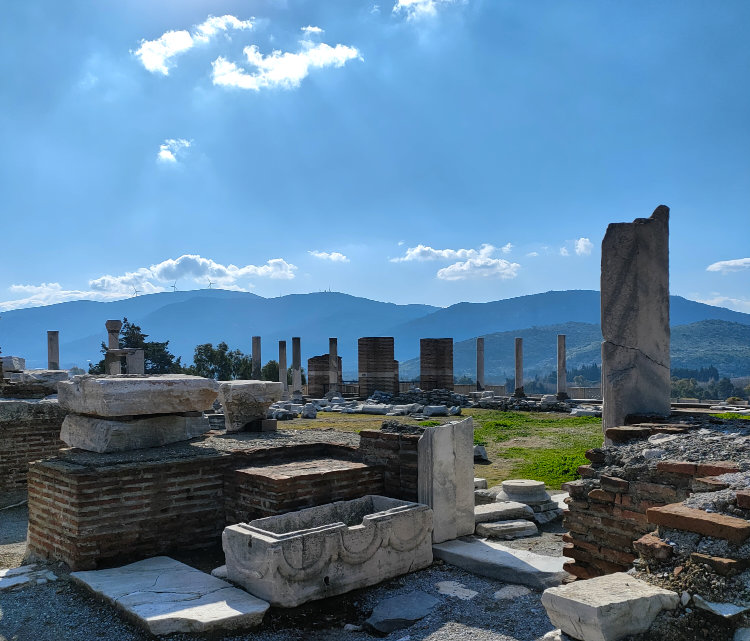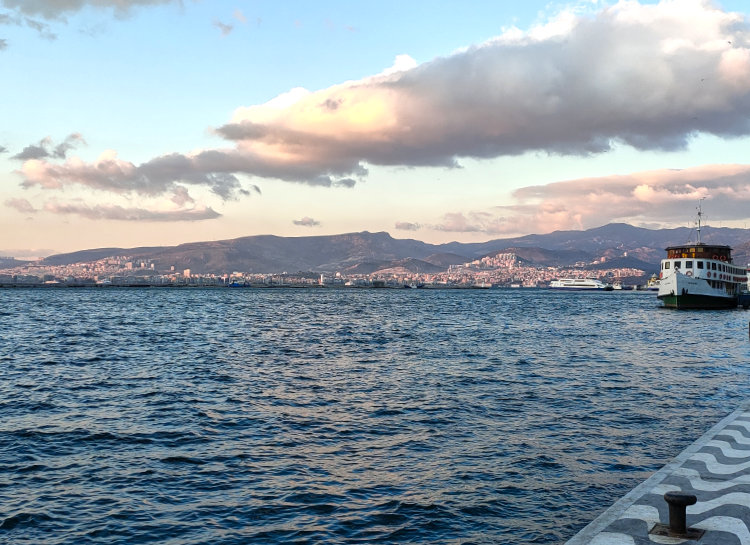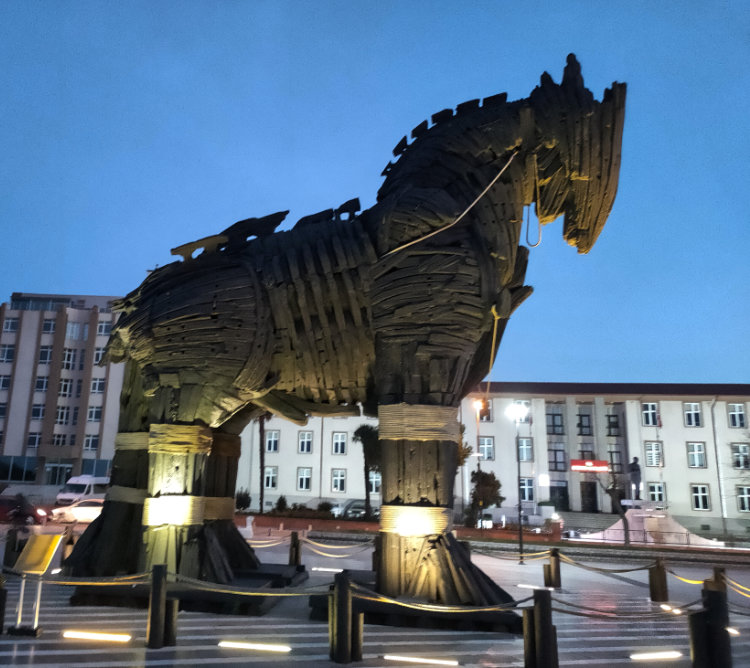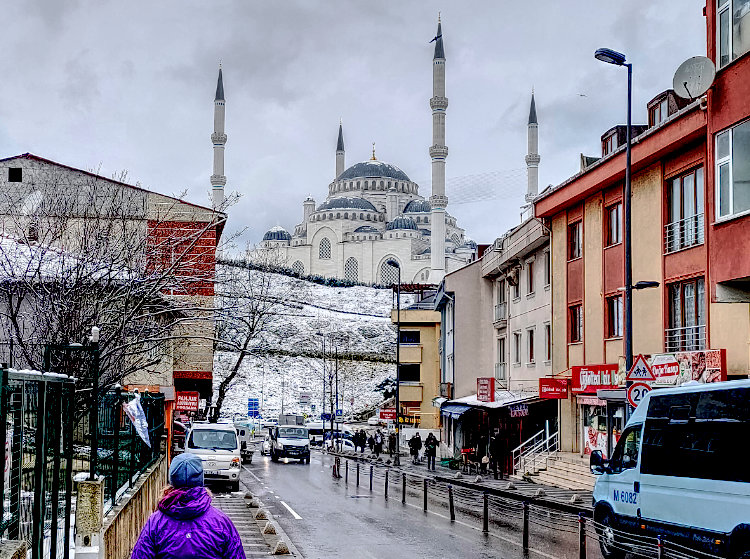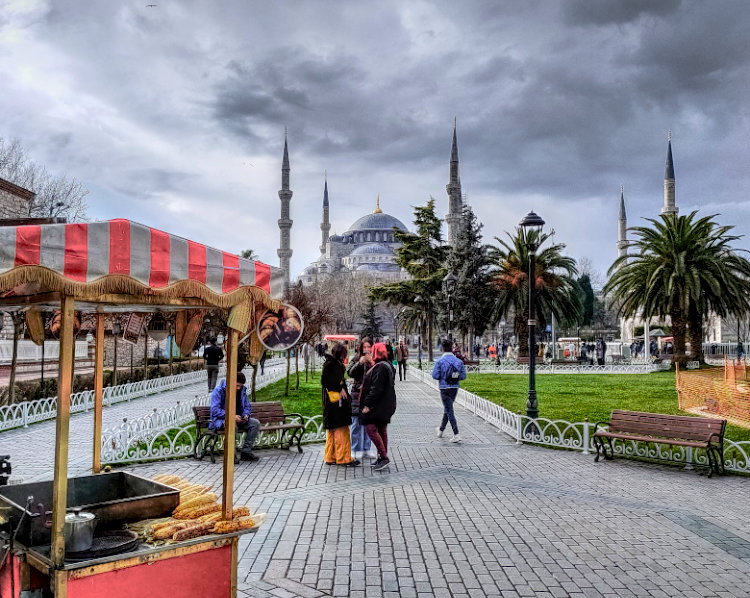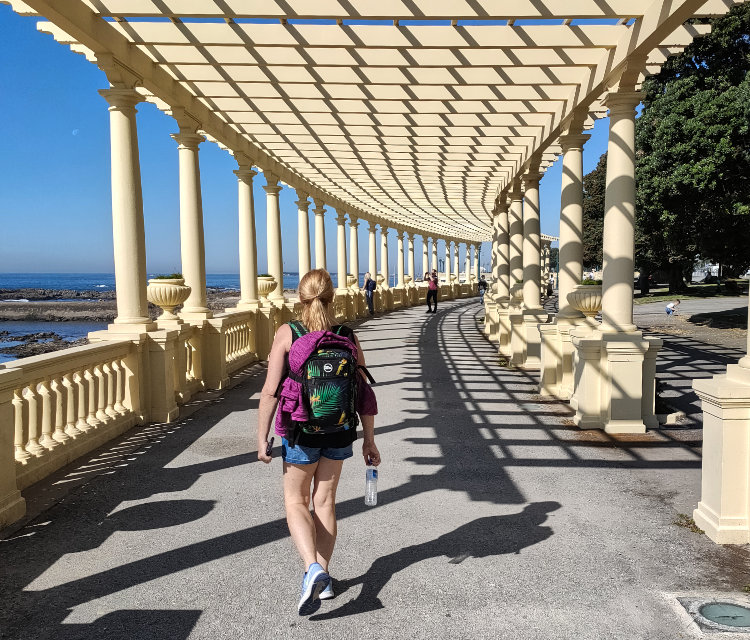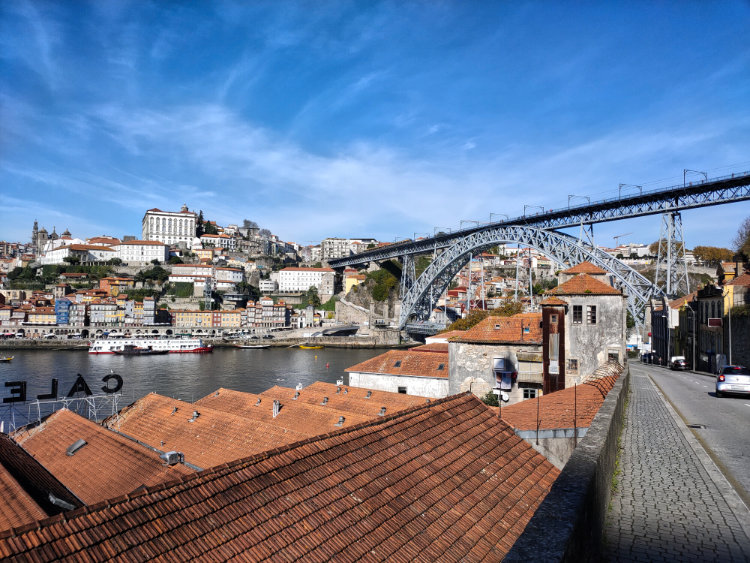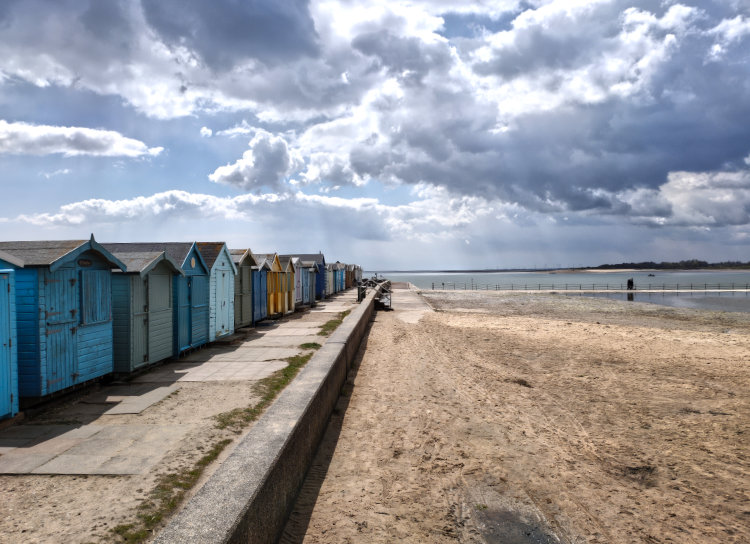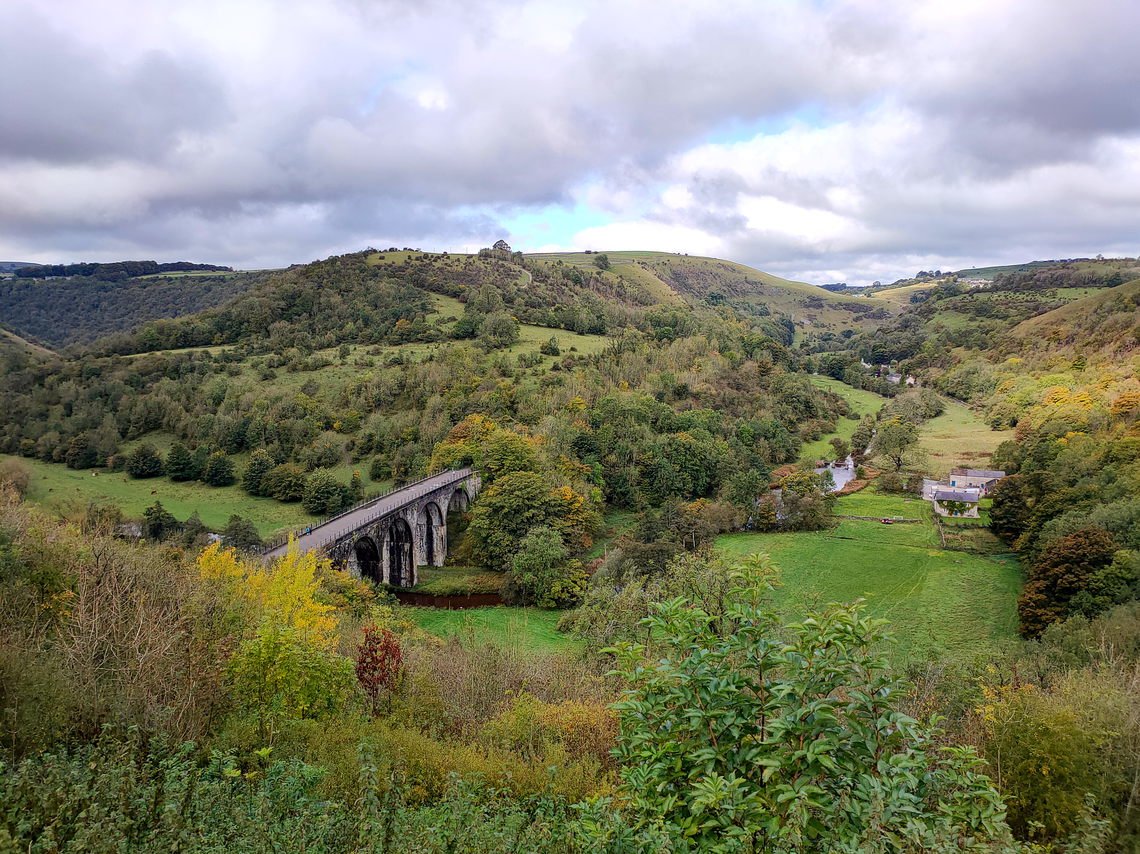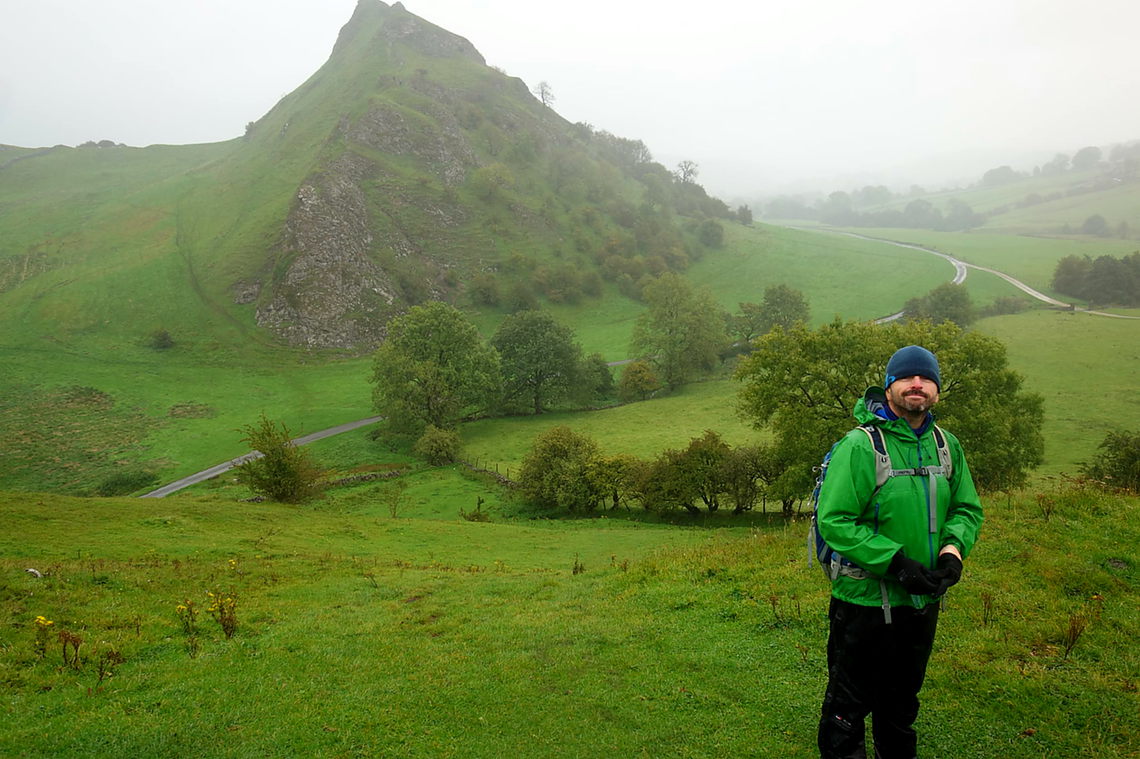Walk • Trek • Travel
A photographic record and journal of our walking, trekking and travelling adventures.

Tower Bridge to Hammersmith Bridge
Sunday 28 May 2017
We started our walk this morning with a tube ride from Hammersmith,
where we were staying, to Tower Hill, which was where we ended
yesterdays walk. We walked along Lower Thames street until we reached
London Bridge and then down towards the riverside until we picked up the
path along the north bank and then walked on towards Southwark
Bridge.
At Southwark Bridge, we walked through the pedestrian underpass,
Fruiterers Passage which is named after the Worshipful Company of
Fruiterers, who had a warehouse on the bank above. We continued on to
Queenhithe Dock and then up, briefly, into Upper Thames Street before
returning via Broken Wharf and then under the Millennium Bridge.
The Millennium Bridge was the first new bridge to be built over the
Thames for more than 100 years and was the first not to require an Act
of Parliament to be passed. It is quite often referred to as the Wobbly
Bridge because, initially, it suffered from Synchronous Lateral
Excitation when the large numbers of people crossed it at the same time.
This problem was later fixed with dampeners.
Just beyond the Millennium Bridge, we saw the second of the three
Polar Sundials that were designed by Piers Nicholson for the Worshipful
Company of Tylers and Bricklayers who wanted to give a present to the
City of London to mark the Millennium.
We continued to Blackfriars Bridge and on to Victoria Embankment
passing the OXO Tower on the South Bank and Temple Gardens on the North.
We have walked both sides of the river here several times in the past
but we always felt that the views of the South Bank from the North Bank
are better although the South Bank is probably the better side to walk
on also!
We continued on passing Somerset House and Waterloo Bridge and then
Hungerford Bridge and Golden Jubilee Bridge before arriving at the
mooring of the PS Tattershall Castle.
The Tattershall Castle is a steamer was built by William Gray &
Company in 1934 as one of three passenger ferries on the Humber for the
London and North Eastern Railway (LNER) and with the eventual opening of
the Humber Bridge, the Tattershall Castle became redundant along with
her sister ships. The Tattershall Castle was towed to London in 1976 and
has served as an Art Gallery and now a floating pub.
At Westminster Bridge, we crossed over to the South side of the river
stopping to watch the DUCKS and then passed Lambeth Palace and Lambeth
Bridge on our way to Vauxhall Bridge. It is here that the DUCKS launch
into the River Thames. Right next to the MI6 building.
From Vauxhall, the path became a little more difficult. Once we had
passed the New Covent Garden Market we were confronted with building
works everywhere. Partly for the new American Embassy and partly because
of the development of the Battersea Power Station site. In between,
there were random tower blocks being built. The path diversions in this
area were many and difficult to follow.
Built as a toll bridge, the Albert Bridge was commercially
unsuccessful and was taken into public ownership after only 6 years. The
tolls were scrapped but the tollbooths remained in place and are the
only surviving examples of bridge tollbooths in London.
Like the Millenium Bridge, the Albert Bridge was also given a
Nickname because of its tendency to vibrate when large numbers of people
walked over it which explains why the bridge has signs at each end
warning troops to break step whilst crossing the bridge.
Bizarrely for a bridge called Albert, the Nickname was “The Trembling
Lady”
Just after the Albert Bridge is the Battersea Bridge and views
towards Chelsea Creek and the Lots Road Power Station. I had never heard
of this power station but it was apparently another power station that
supplied power to the London Underground and was eventually shut down in
2002 after 97 years of use.
By now we were getting hungry and needed a rest. We quickly googled
the nearest Wetherspoons and found it to be the Asparagus on the A3205
so we made our way there, passing the Sambrook’s Brewery as we did
so.
After lunch, we re-joined the Thames Path just before Wandsworth
Bridge and continued along the Wandsworth riverside and Wandsworth Park
before having to divert down a street of houses to get to Putney
Bridge.
Up until now, the weather had been perfect. Sunny but not to warm.
But from Putney Bridge onwards we had some drizzle and cloud.
We followed the Putney Embankment admiring the various boathouses and
the rowers out on the river. At the end of the embankment, the path
changes. It becomes a more leafy, green track closed in by trees and
bushes.
There is the occasional glance over to Craven Cottage but the views
of the river but the left-hand side is obscured by trees and fences and
the built-up embankments of the London Wetland Centre.
The first Hammersmith Bridge was the first suspension bridge over the
River Thames and was replaced by the current bridge in 1887 and at high
tide, the ‘new’ bridge has just 12 feet of clearance. Before long the
Hammersmith Bridge was in view and our walk was at an end.
The Hammersmith Bridge is also the weakest bridge on the River Thames
and has weight restrictions that mean only one bus at a time can cross
it. This is controlled by barriers at each end.
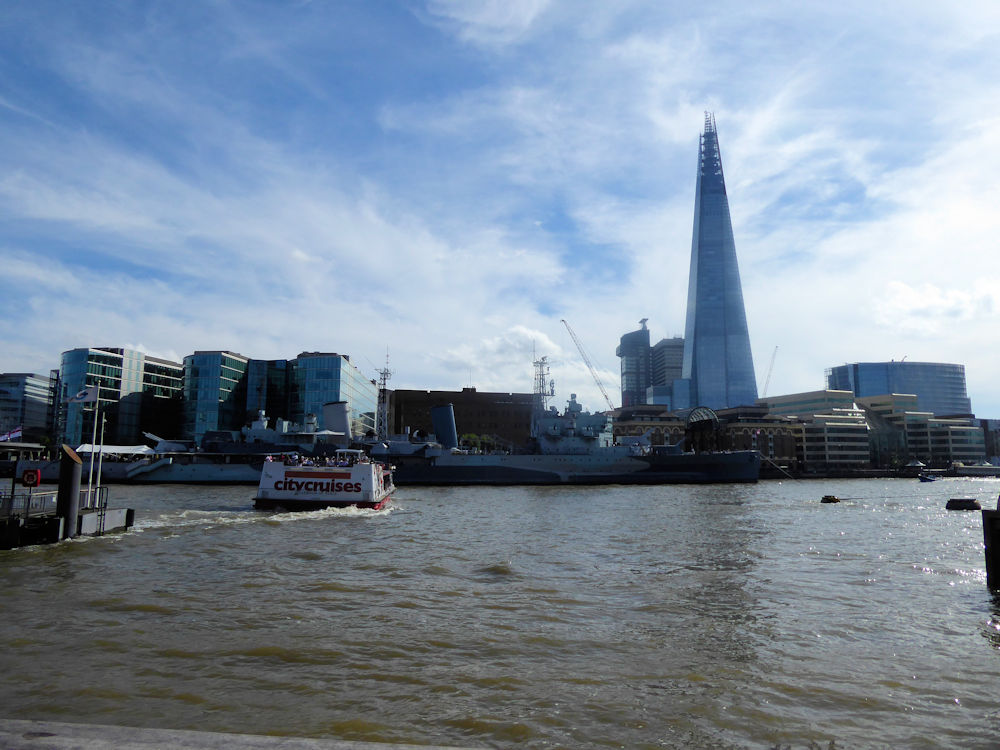
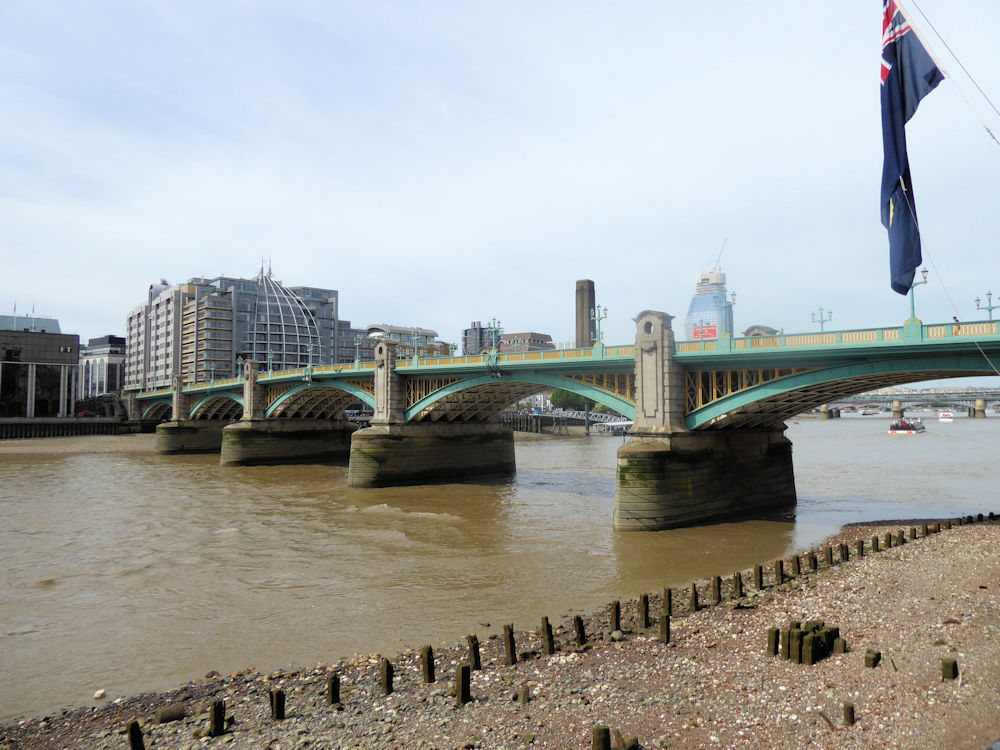
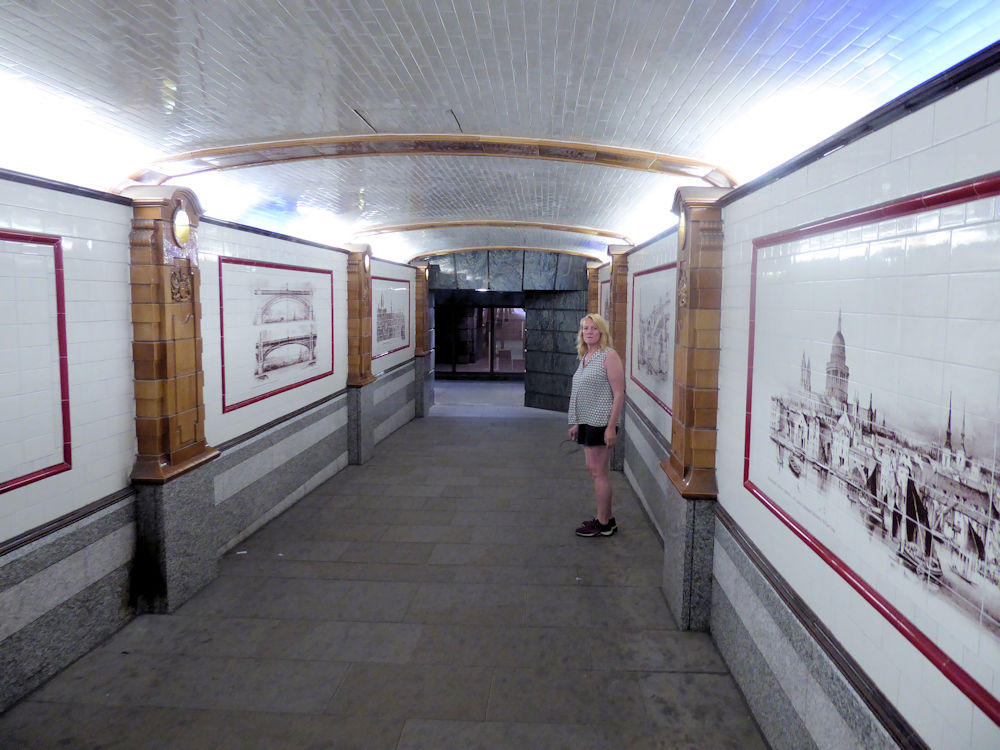
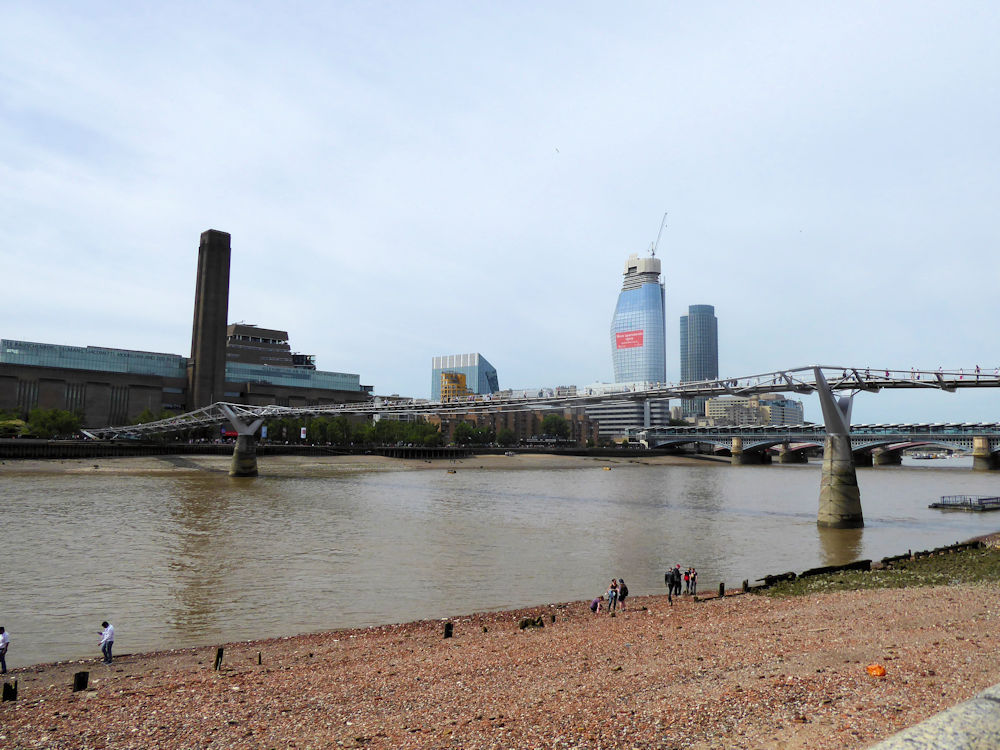
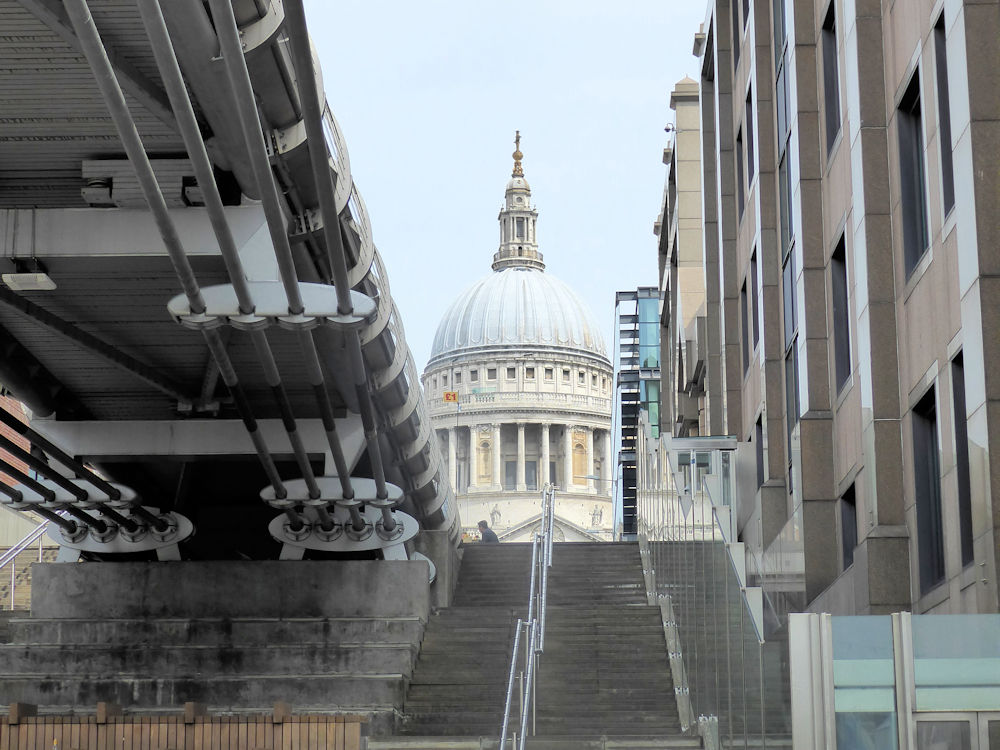
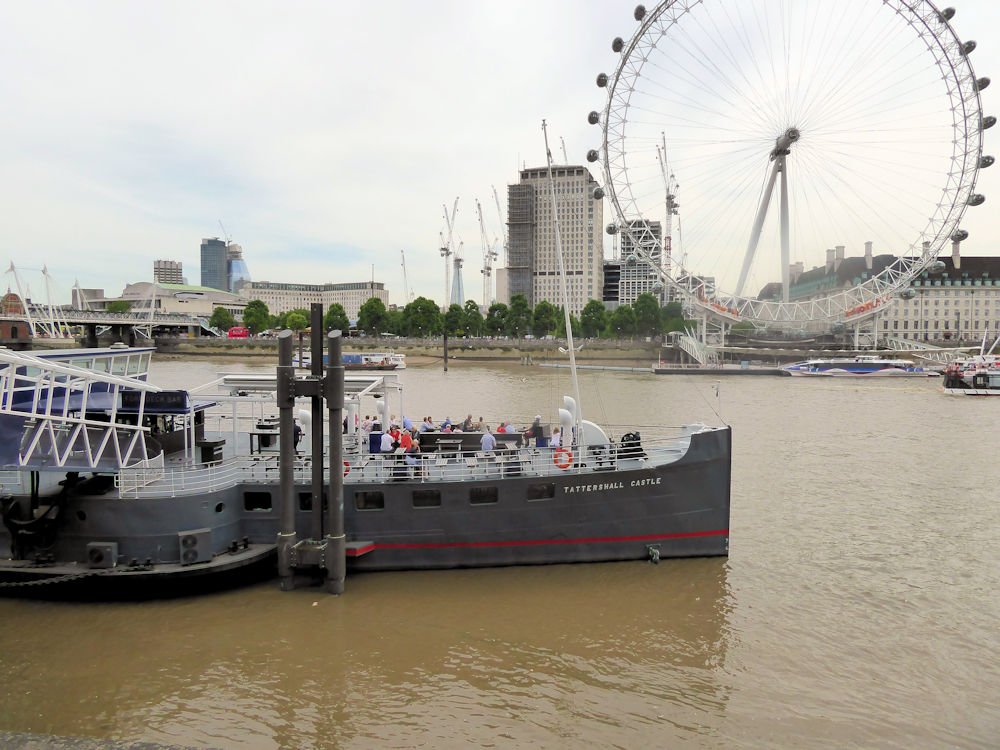

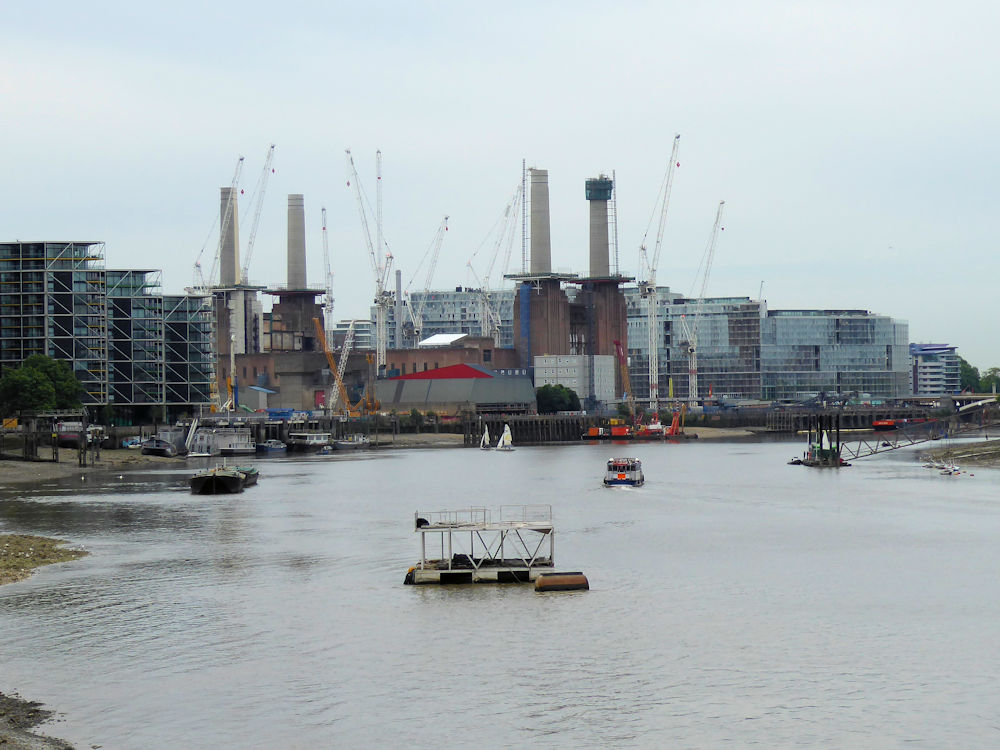
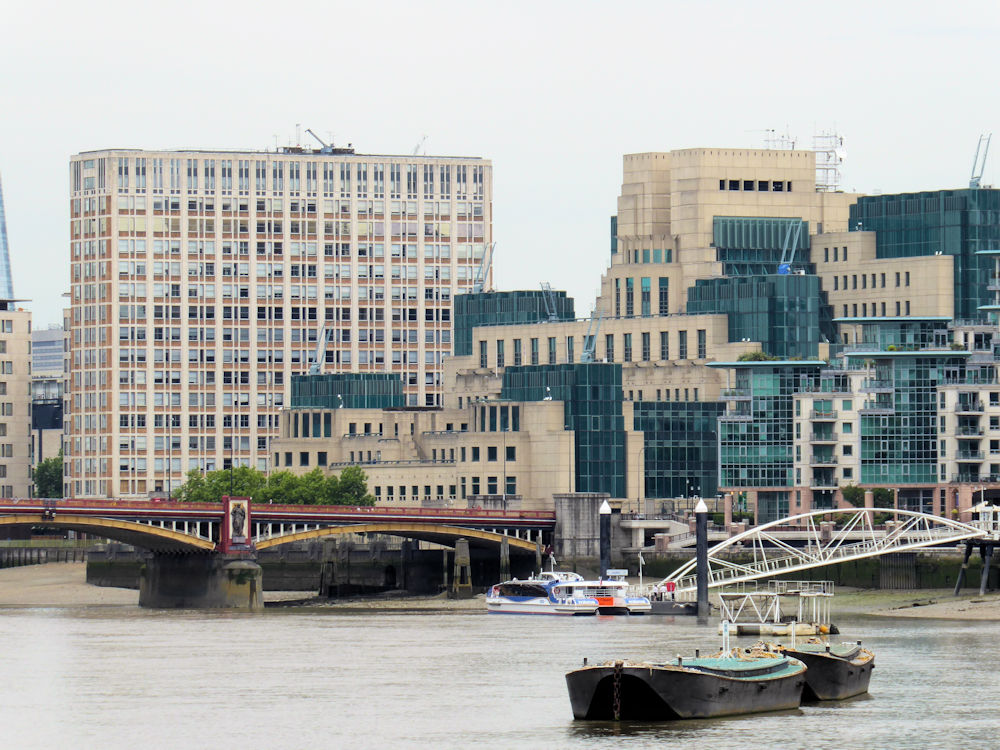

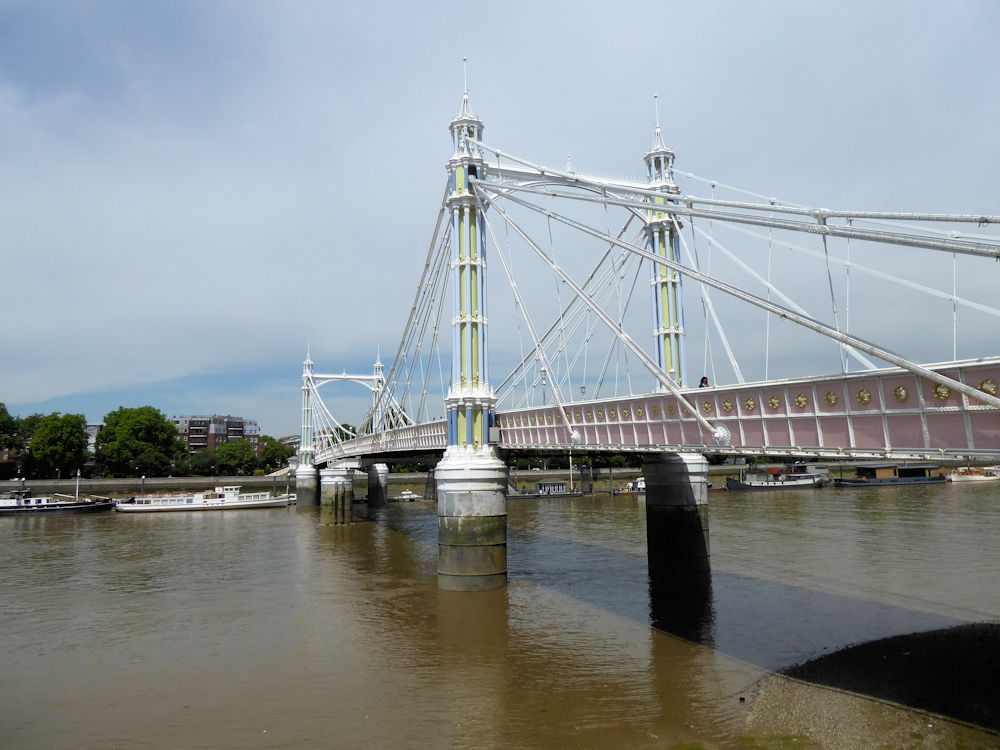
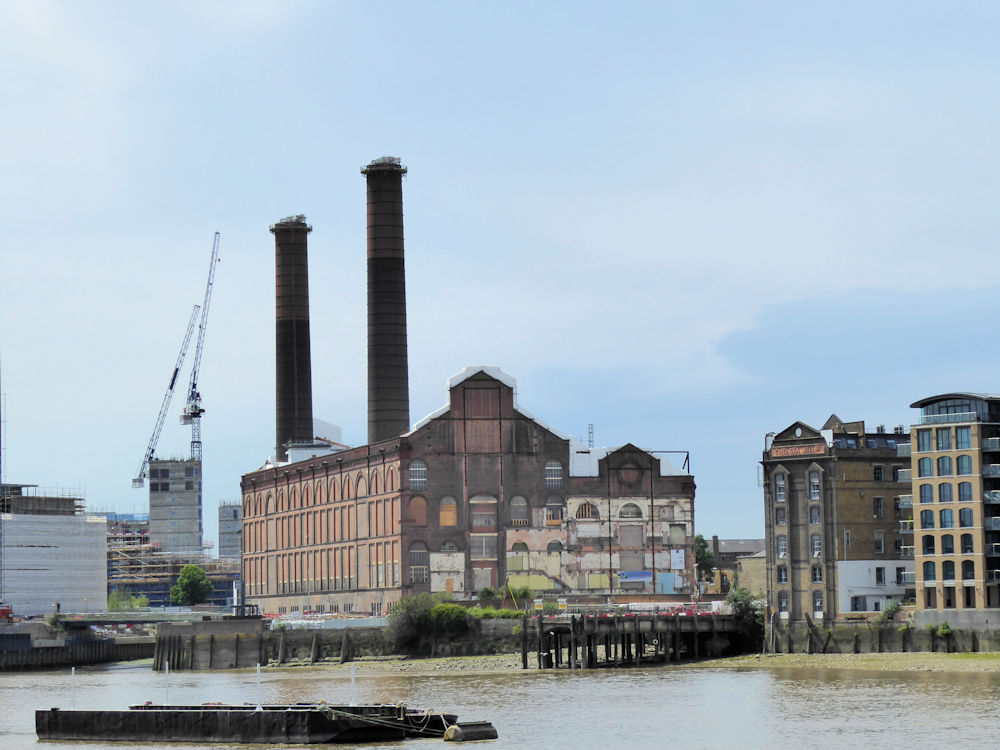
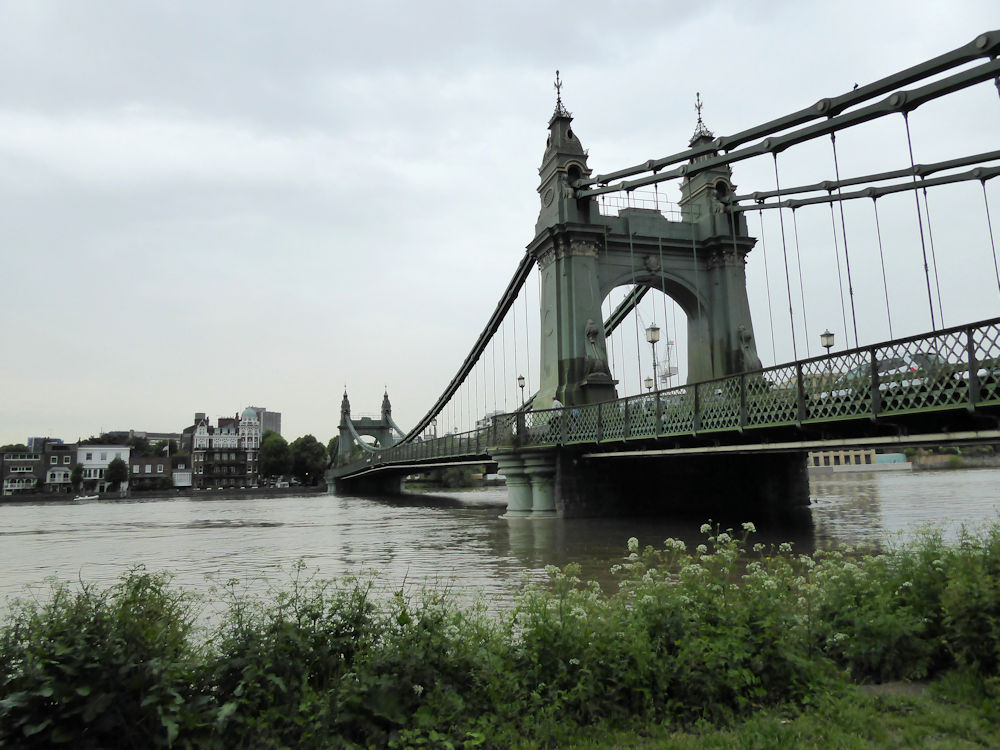
The Route
Distance : 9 Miles
Are you tired of being stuck in the office? Bored of being chained to a desk? Counting down the days until retirement?
Me too!!
CATEGORIES
FOLLOW US
RECENT POSTS
-
Tuesday 01 February 2022
-
Monday 31 January 2022
-
Sunday 30 January 2022
-
Saturday 29 January 2022
-
Friday 28 January 2022
-
Thursday 27 January 2022
-
Wednesday 26 January 2022
-
Tuesday 25 January 2022
-
Monday 24 January 2022
-
Sunday 23 January 2022
-
Saturday 22 January 2022
-
Friday 21 January 2022
-
Thursday 20 January 2022
-
Sunday 02 January 2022
-
Saturday 01 January 2022
-
Wednesday 27 October 2021
-
Tuesday 26 October 2021
-
Sunday 02 May 2021
-
Sunday 04 October 2020
-
Saturday 03 October 2020



